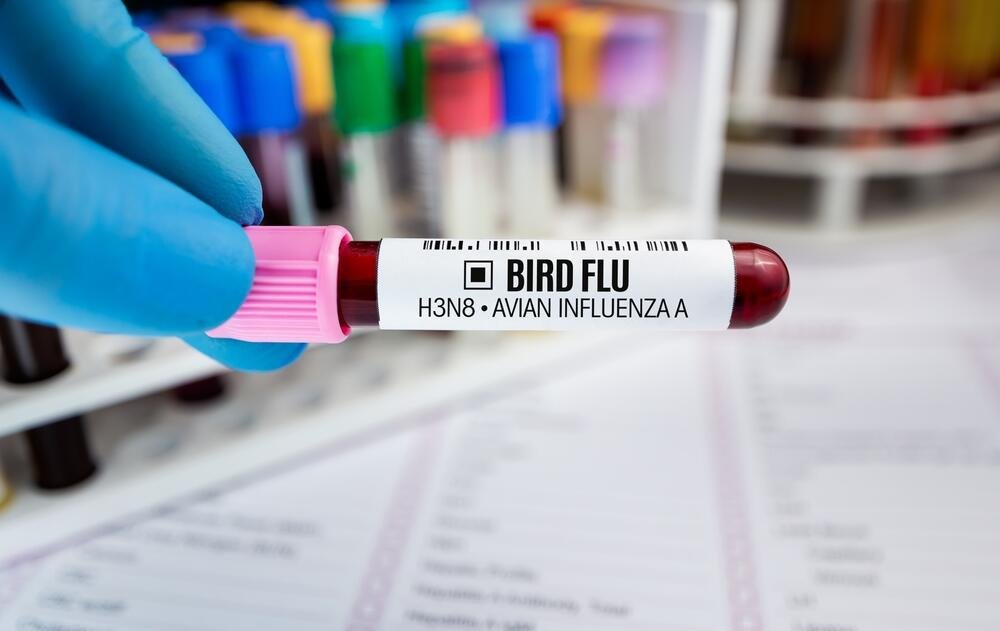The Centers for Disease Control and Prevention (CDC) has recently unveiled an updated interactive map detailing the spread of avian influenza, commonly known as bird flu, across the United States. This tool is pivotal in tracking the movement and intensity of this highly contagious virus, providing critical insights for public health officials, poultry industry stakeholders, and the general public. Here’s what you need to know about the latest developments and how this map can help in mitigating the impacts of bird flu.
Understanding Bird Flu and Its Impact
Bird flu refers to infections caused by avian influenza viruses, which primarily affect bird species but can occasionally infect humans and other animals. The virus can have devastating effects on poultry, leading to significant economic losses and food supply disruptions. Additionally, certain strains, such as H5N1 and H7N9, have the potential to cause severe illness in humans, raising concerns about possible pandemics.
Key Features of the New CDC Map
- Real-Time Data Integration: The map integrates real-time data from various sources, including state wildlife agencies, the U.S. Department of Agriculture (USDA), and international health organizations. This allows for up-to-date tracking of outbreaks and helps identify emerging hotspots.
- Geographic Specificity: Users can zoom in on specific regions to see detailed information about outbreaks. This includes the type of bird populations affected, the strain of the virus, and the timeline of reported cases.
- User-Friendly Interface: Designed with accessibility in mind, the map is easy to navigate and interpret. It features color-coded indicators to denote the severity and spread of outbreaks, helping users quickly grasp the situation.
- Historical Data and Trends: In addition to current outbreaks, the map includes historical data, allowing users to analyze trends and patterns over time. This can be particularly useful for researchers and policymakers in understanding the virus’s behavior and preparing for future outbreaks.
Current Trends and Observations
As of the latest update, the map indicates several key trends in the spread of bird flu across the United States:
- Seasonal Peaks: Outbreaks tend to peak during certain seasons, particularly in the colder months when migratory birds travel long distances. This seasonal pattern helps predict potential future outbreaks.
- Regional Clusters: There are noticeable clusters of outbreaks in regions with high poultry farming density, such as the Midwest and the Southeast. These areas are under heightened surveillance due to the increased risk of rapid virus transmission.
- Wildlife Impact: Beyond domestic poultry, the map shows significant impacts on wild bird populations. This highlights the importance of monitoring wildlife as potential vectors for the virus.

Implications for Public Health and the Poultry Industry
The new CDC map is more than just a tracking tool; it is a critical resource for public health preparedness and response. For public health officials, it provides crucial information for implementing targeted surveillance and control measures. This can include quarantine zones, culling of infected flocks, and vaccination campaigns.
For the poultry industry, the map offers a way to monitor risks and take proactive measures to protect flocks. This can involve enhancing biosecurity protocols, increasing veterinary inspections, and improving sanitation practices in farms and processing facilities.
How the Public Can Use the Map
While the map is a vital tool for professionals, it is also accessible to the general public. Understanding where bird flu is spreading can help individuals make informed decisions, especially those involved in bird-watching, poultry farming, or pet bird ownership.
Looking Ahead: Mitigating Future Outbreaks
The unveiling of this new CDC map underscores the importance of vigilance and preparedness in combating bird flu. As the virus continues to evolve, ongoing surveillance and rapid response are crucial in mitigating its impact. The map represents a significant step forward in harnessing data to protect both animal and human health.
In conclusion, the CDC’s new interactive map of bird flu spread is a groundbreaking tool that enhances our ability to track, understand, and respond to this persistent threat. By providing real-time, detailed, and accessible information, it empowers various stakeholders to take timely and effective action against avian influenza.




